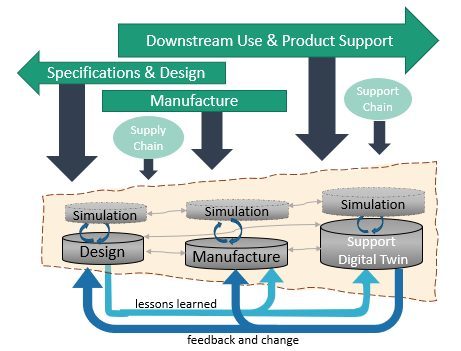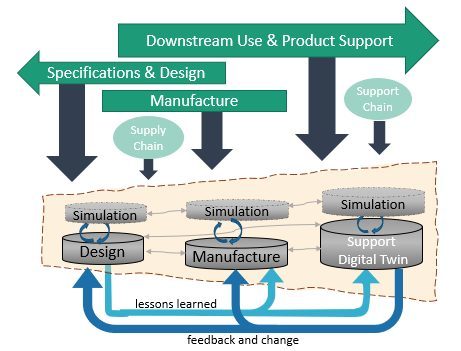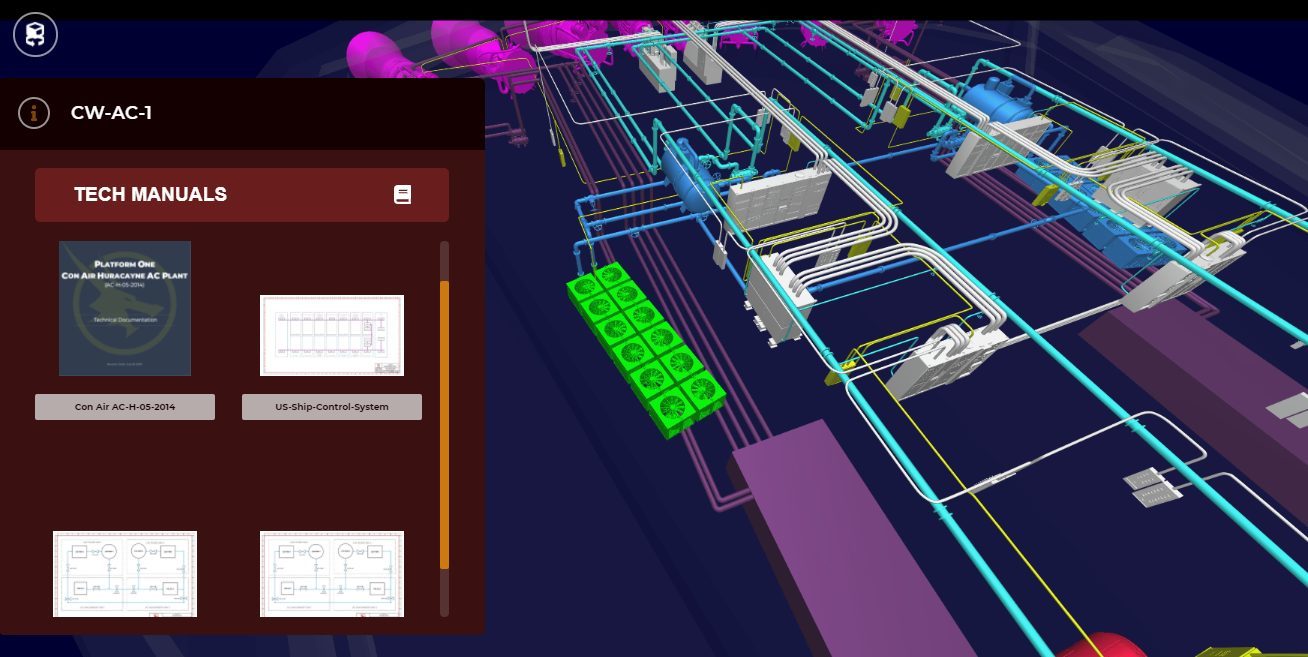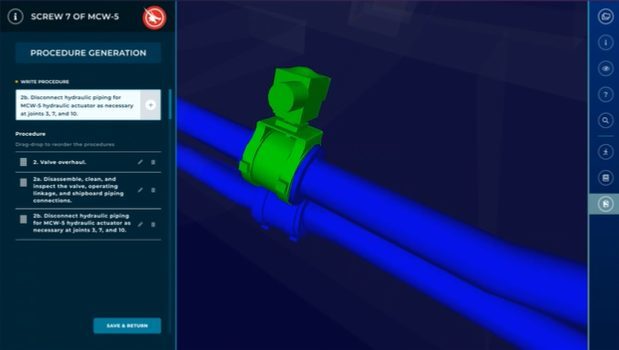Part 1: Digital Engineering Supports Asset Availability and Sustainment

The following is the first of a two-part series resulting from the collaboration between Amentum’s Product Support and Sustainment Engineering team, which supports the U.S. Navy’s Team Submarine, and Beast Code as they partner to leverage 3D models of weapons systems, discovering efficiency improvements for Navy life cycle sustainment activities.
by Dr. Lucas Marino and Dr. Kaitlynn Castelle
Part 1: Digital Engineering Supports Asset Availability and Sustainment
In an era of increased foreign competition and rapid innovation, information technology (IT) systems supporting asset availability are critical. The capability of the weapon system means nothing if the asset is not available. Lethal capabilities win battles, whereas effective sustainment systems win wars.
As Dr. Will Roper stated last year in There is No Spoon, “The digital world is now a primal acquisition battlefield where future wars will be won or lost.” Bringing model-based systems engineering technology to the product support mission is a true force multiplier for realizing victory.
IT systems supporting efficient operations increase asset availability and mitigate the rising costs of sustainment. They reduce the labor burden associated with manual processes, and disparate systems through automation and data availability and utility.
Product support primarily develops and implements strategies to sustain warfighter readiness by meeting fleet operational and material availability requirements while reducing operations and sustainment (O&S) costs across the life cycle. Acquisition managers can leverage 3D model designs and digital twins to develop sustainment capabilities and enhance the utility of the design interface and logistics technical data through the use of mission critical software for product data management.

Digital models are now commonly used in design, engineering, manufacturing, and production, while also enhancing our ability to plan and manage an asset’s sustainment through maintenance and modernization. Modern weapon systems designed in Product Lifecycle Management (PLM) environments bring multi-disciplinary, model-based capabilities and digital twin technology to in-service operations. Within PLM, the digital thread of the configuration-worthy component is established, providing accessible data and generation of digital twin models to support life cycle analysis, planning, and decision-making.

The tactical value of MBSE tools resides in the enhancement of user environments. 3D visualization of the platform product model provides an advantage over legacy data processes when the geometric digital twin is linked to technical and logistics data. This technology enables spatial awareness and contextualization of information to improve understanding of maintenance tasks to be performed by ship’s crew or shoreside maintainers. When successfully implemented, there are many potential benefits to logistics and maintenance operations, including:
• Providing cross-reference points for retrieving the right information during job planning
• Prognosticating work package challenges
• Procedure documentation
• Maintenance task troubleshooting
• Reducing errors, rework, and total duration to complete maintenance tasks
• Tracking of tag-outs, isolations, and flow visualization
• Familiarization for training, ship-checks, and engineering change proposals
• Additive manufacturing, with requisite fidelity and availability of product information such as material properties, geometric dimensions, and tolerances.

Minutes matter in the demanding sustainment environment. Work stoppages impede the continuous forward movement of logistics and maintenance planning and execution. Leveraging digital twin technology focuses on filtering available information and putting it in context to enable timely, appropriate decision-making and execution while supporting changes as new data becomes available. Digital threads can deliver timely, accessible, and accurate information and inform models to support analysis, strategy, and decision-making. Connectivity to authoritative data and automated methods to ingest multiple sources and formats in secure environments must advance to support our defense customers as they pursue digital transformation.
We’ll discuss digital twins and digital threads more in Part 2.


